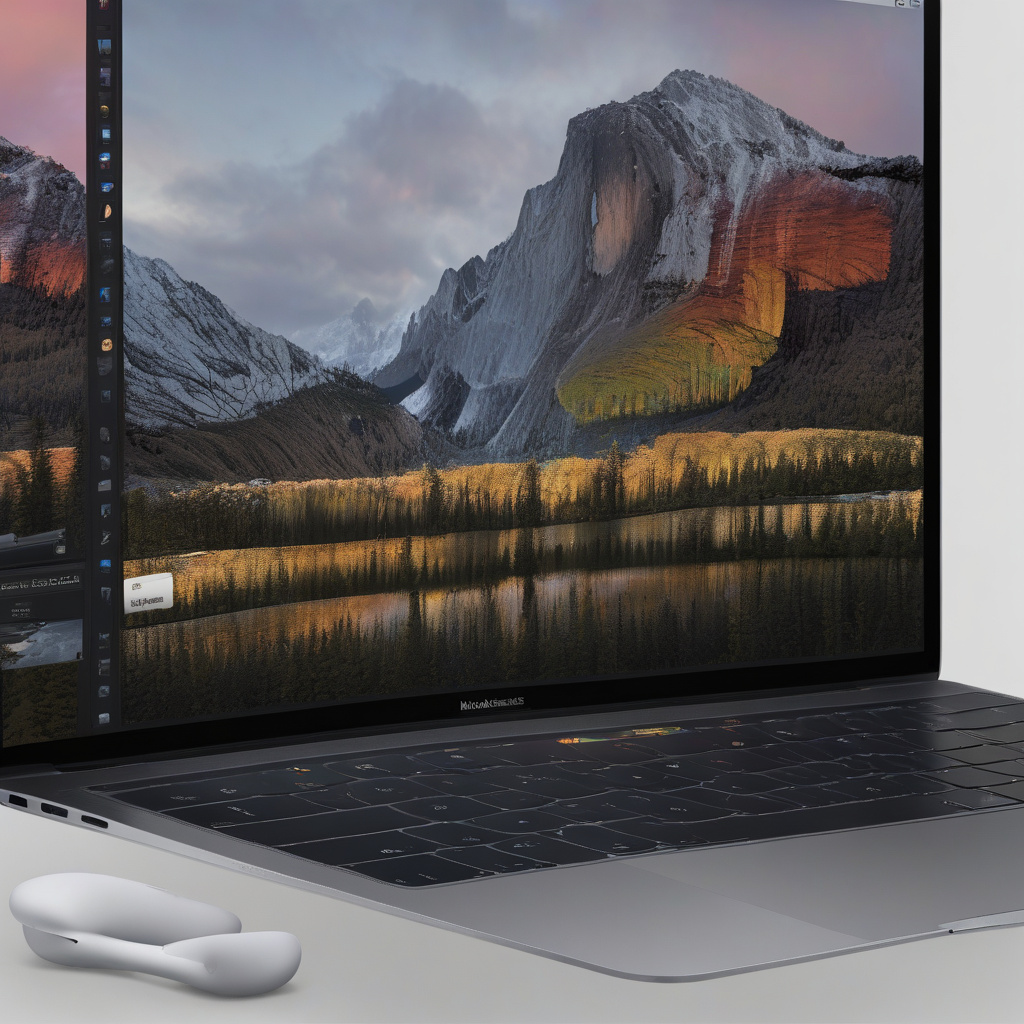macOS Tahoe is out of Touch with Apple’s Touch Bar
Apple’s latest Mac software update, macOS Tahoe, seems to be causing a stir among enterprise professionals using MacBook Pro models equipped with the Touch Bar feature. Reports have surfaced indicating that some users are experiencing issues where the Touch Bar functionality is being disabled after updating to macOS Tahoe. While some users have been able to resolve the problem with a simple restart, others had to resort to more technical solutions like using Terminal commands to restore the Touch Bar’s functionality.
The Touch Bar, introduced by Apple almost a decade ago in 2016, was marketed as a revolutionary interface that replaced the traditional function keys with a dynamic touch-sensitive display. Despite initial enthusiasm, the Touch Bar failed to gain widespread adoption, leading Apple to phase out the feature in its latest Mac models. The recent compatibility issues with macOS Tahoe raise questions about Apple’s commitment to supporting legacy features like the Touch Bar.
The fact that a significant number of users are encountering Touch Bar problems with macOS Tahoe suggests a lack of thorough testing or a shift in priorities within Apple’s development roadmap. It’s possible that Apple has deprioritized the Touch Bar in favor of investing resources in other areas, such as Siri, Shortcuts, and Apple Intelligence, which offer similar functionalities. This shift in focus could explain why issues with the Touch Bar were not identified during testing, highlighting a disconnect between Apple’s development teams and the feature itself.
For MacBook Pro users who valued the Touch Bar as a key selling point, the diminishing support and compatibility issues with macOS Tahoe may come as a disappointment. While Apple is likely to address these issues in future software updates, the incident underscores the waning relevance of the Touch Bar in Apple’s product lineup. The Touch Bar’s potential future, if any, remains uncertain, with possibilities like reimagining it as an app for other Apple devices being considered.
As Apple navigates the evolving landscape of user interfaces and features, the fate of the Touch Bar serves as a reminder of the challenges in balancing innovation with practicality. While technological advancements drive progress, it’s essential for companies like Apple to ensure that legacy features are not left behind in the pursuit of the next big thing. The Touch Bar may have had its moment in the spotlight, but its future now hangs in the balance as Apple reevaluates its place in the Mac ecosystem.
In conclusion, the compatibility issues between macOS Tahoe and the Touch Bar signal a turning point in Apple’s approach to user interfaces and feature development. While the Touch Bar’s fate remains uncertain, its struggles serve as a cautionary tale about the complexities of integrating new technologies into established product lines. As Apple continues to refine its software and hardware offerings, the legacy of the Touch Bar will stand as a testament to the challenges of innovation in the tech industry.

